Apple's next-generation "iPhone 12" will incorporate "high-end" lens arrays in its rear-facing camera design, according to analyst Ming-Chi Kuo.
Existing manufacturing partner Largan is said to begin shipments of camera lenses bound for iPhone in mid-July, Ming-Chi Kuo said in a research note published Friday.
Compared to past years, Largan's estimated production window for the second half of 2020 has been delayed by four to six weeks, meaning peak iPhone lens shipments will fall between September and November. Previous years have seen the firm ship product to Apple assembly partners between August and October.
Though not mentioned in the note, the ongoing coronavirus is likely to blame for the manufacturing setback. Recent rumors claim the ongoing pandemic will force Apple to push its typical September iPhone launch event to October.
Kuo fails to specify the lens type Apple intends to adopt, though in prior notes the analyst pegged "iPhone 12" to integrate 7P, or seven-element, lenses. The adoption of a 7P lens design would yield slightly improved image quality over current iPhone models like iPhone 11 Pro, which uses a five-element ultra wide lens stack and two six-element arrays for wide and telephoto photography.
Which future iPhone model or models will benefit from the "high-end" arrays is also unclear. Kuo in March said 7P would find its way to at least one camera module.
Apple is widely anticipated to introduce 5.4- and 6.1-inch "iPhone 12" models this fall with dual- and triple-lens systems akin to last year's lineup. A top-tier 6.7-inch "Pro Max" model might also be augmented by a LiDAR scanner borrowed from iPad Pro. A new iPad Pro-inspired design, updated "A14" processor, 5G connectivity, 120Hz ProMotion display technology and smaller TrueDepth notch are also rumored.
 Mikey Campbell
Mikey Campbell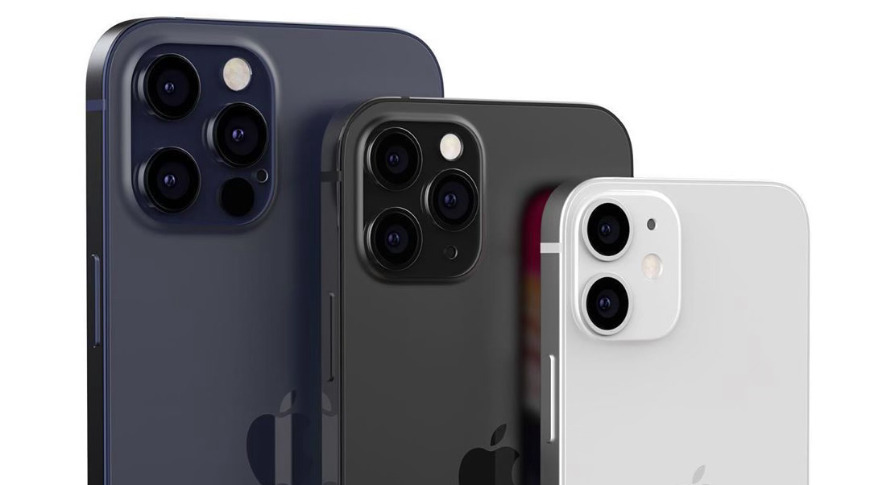


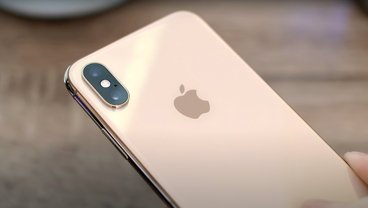
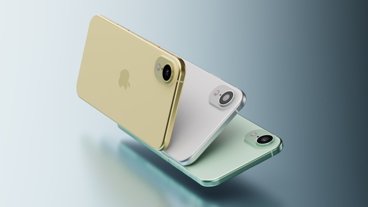
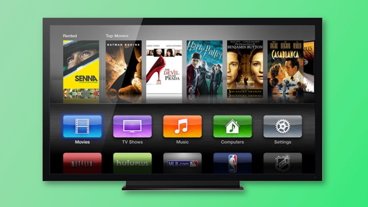

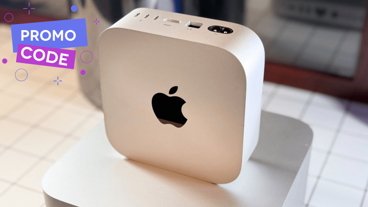
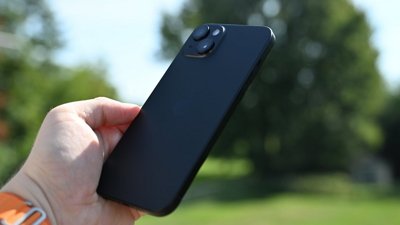
 Andrew Orr
Andrew Orr
 Malcolm Owen
Malcolm Owen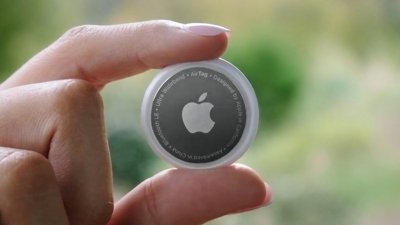
 Christine McKee
Christine McKee

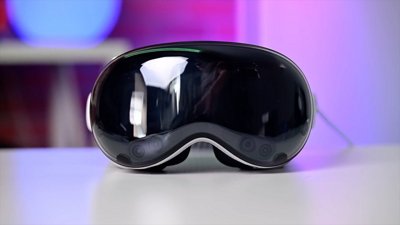
 Oliver Haslam
Oliver Haslam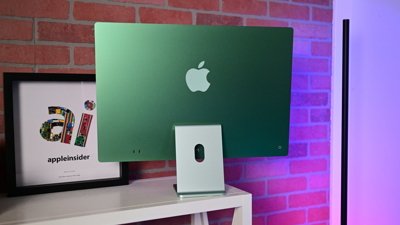
 Andrew O'Hara
Andrew O'Hara
 Sponsored Content
Sponsored Content








11 Comments
I’m hoping - but not expecting - for advancements in optical design. How great would it be if multiple smaller sensors can collaborate to offering what a larger sensor normally would bring? E.g 1” sensor or even closer to a four-thirds size. Combined with Apple’s computational photography advancements it would lead to a huge leap in photo and video quality and essentially remove the need to use any external camera, except professional high-end cameras.
Sensors can only get so large, or backfocal distance will be too great. How many smaller sensors can they have? I don’t see it. A modest increase in sensor size could be accommodated, but nothing like 4:3 total area size. That’s just impossible. Even a 1” sensor is high.
I love my iPX’s camera. Under perfect conditions, the quality is stellar. That being said, given the same conditions it comes nowhere near close to my Canon 5DM3. When the photo matters, my Canon is my first choice, but everything else (and convenience) goes to my IPhone.